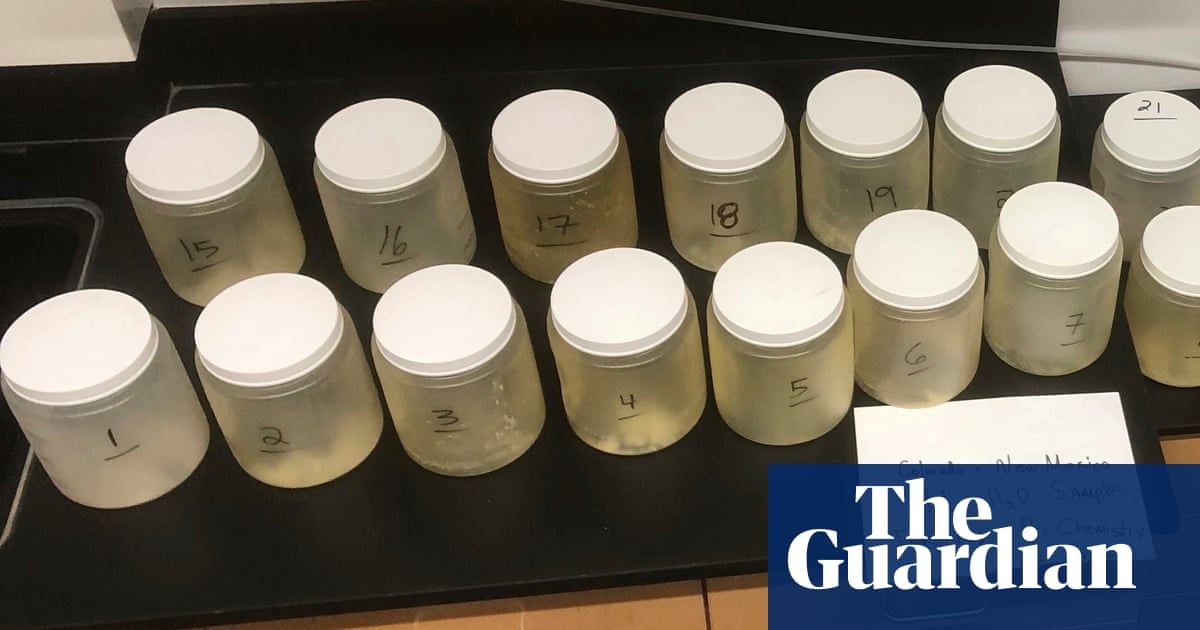Much of the land near the atomic bomb’s birthplace was converted to recreational areas, but toxic waste remains
Soil, plants and water along popular recreation spots near Los Alamos, New Mexico, the birthplace of the atomic bomb, are contaminated with “extreme concentrations” of plutonium, a new study has found, but calls for the federal government to act have been dismissed.
Michael Ketterer, a Northern Arizona University scientist and lead researcher on the project, said the plutonium levels in and around New Mexico’s Acid Canyon were among the highest he had ever seen in a publicly accessible area in the US during his decades-long career – comparable to what is found in Ukraine at the site of the Chornobyl nuclear disaster.
The radioactive isotopes are “hiding in plain sight”, Ketterer said.



Fun fact! This is also how we know when certain asteroids smashed into the earth, because the impact deposits a layer of minerals and elements not found super common in the crust.
Also, sensing equipment that uses or detects radiation as part of its function has to be made of non-radioactive materials in order to not interfere. And since hairless apes started cracking atoms open, all steel is ever so slightly radioactive. They need special preparations to make steel without any isotopes present. This also means pre-1945 steel fetches a higher price in some instances.